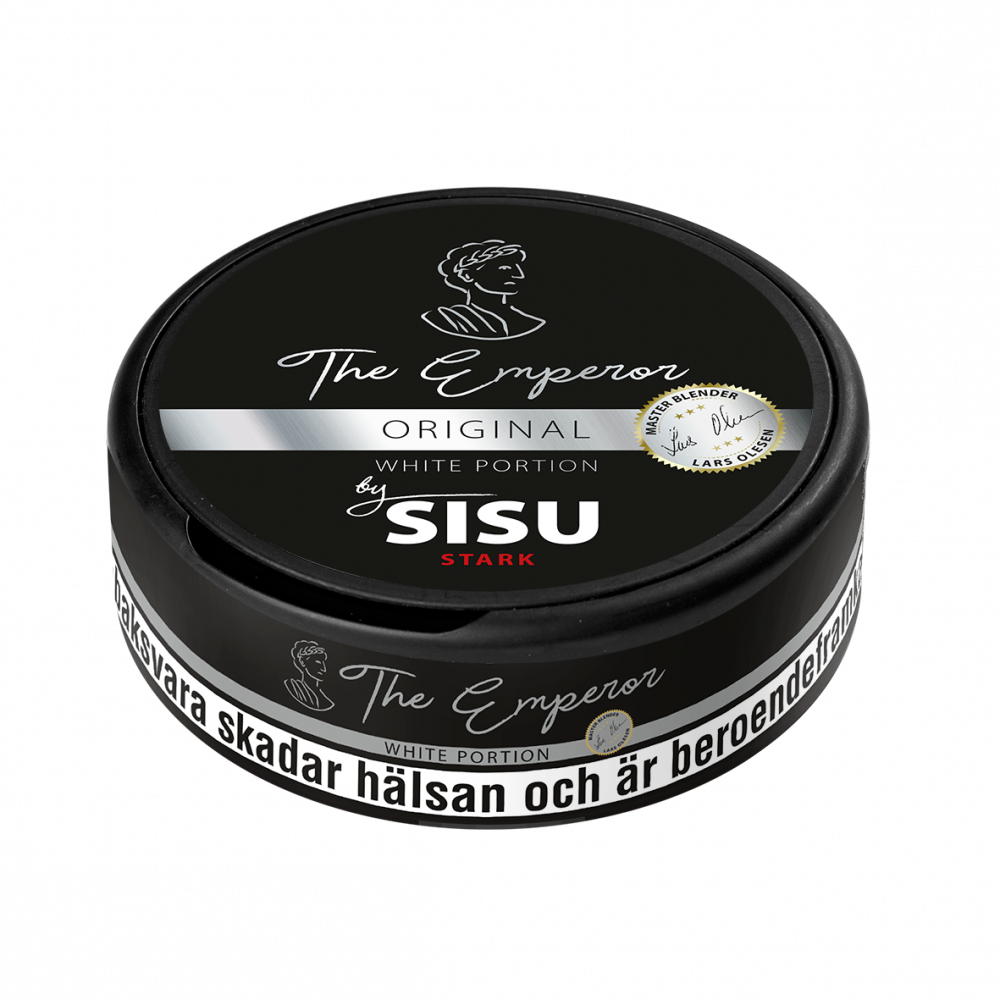
Snus is a Swedish traditional tobacco of oral usage, also called in some countries as moist snuff. A Large portion normally contains between 0.65 and 1.1 grams of snus, depending on the product and brand. It feels like any other snus but it is all white and has no trace of tobacco flavor. Snus is a newer form of moist snuff used in the United States. According to a 2003 review in the BMJ journal Tobacco Control, 40 percent of males smoked daily in 1976, compared with 15 percent in 2002.
Original portions have a moist surface, dark color and – like loose snus – delivers an instant flavor- and nicotine release. Snus is a variety of “wet snuff.” It is composed of about 30 percent tobacco and 70 percent water and flavoring. With greater latitude to market smokeless products than cigarettes, tobacco companies have high hopes for snus.
But while non-tobacco snus are still R18 (as is the case with all nicotine delivery products), in other ways snus aren’t subject to the same laws as cigarettes. No published nicotine pharmacokinetics study to date has directly compared cigarettes with snus, tested types of snus with varying nicotine content, or compared loose with pouched snus.
White portion bags for a long lasting release of flavor and strength. The length of time the effects last depends on the size of the portion, its strength, and your nicotine tolerance. The nicotine content in snus varies between different products. All the evidence (and there’s lots of it) points to snus being at least 98% less harmful then smoking.
Loose snus is most often made of grounded tobacco, which is divided into three varieties: coarse, medium and fine grind. This refers, for example, to a nicotine pouch with a relatively low nicotine concentration. Traditional Swedish snus come both in pouches and as loose tobacco.
Chewing tobacco (North American, European), also known as chew (or in some Southern US dialects as chaw), is tobacco in the form of short or long, loose leaf and stem strands (like pipe tobacco or longer), or less commonly of chopped leaves and stems compressed into blocks called plugs, or even finely ground pieces compressed into pellets.
The study concluded that the relatively rapid rise in https://www.journalism.co.uk/banners/wss/index.php?snus_types_depending_on_the_amount_of_nicotine_3.html plasma nicotine, faster onset of head rush”, and reduced urge to smoke in those using snus compared with the nicotine gum could partly explain the common use of snus in Sweden as an aid to quitting smoking.
Dr. Harshal Kirane, the medical director of New York-based Wellbridge Addiction Treatment and Research, said snus is less harmful than cigarettes for two reasons. Nowadays, for example, nicotine pouches are increasingly common slim size, which provides ultimate comfort under your lip.
Snus comes in different types and you can choose the one you prefer according to how concentrated you would like the taste of tobacco to be and how you prefer to use the product. However, the AUC0-120 for the 11 mg snus was only about 1.3 times higher than for the 4.2 mg gum, suggesting that the nicotine in the oral tobacco may be less bioavailable compared with that in the gum.
Notably, there was no statistically significant difference (p <05) in systemic exposures between pouched and loose snus when the nicotine contents of the products were equivalent (10.7 mg and 10.8 mg, respectively; Table 3 ). All other pairwise comparisons of AUC0-tlast for snus products did show a significant difference (p <05).
In the 16th century, snuff (pulverized tobacco), the precursor of snus (moist snuff), was introduced to France by French diplomat Jean Nicot , who worked at the court of King Henry II of France He recommended snuff to Catherine de’ Medici as a migraine remedy.


